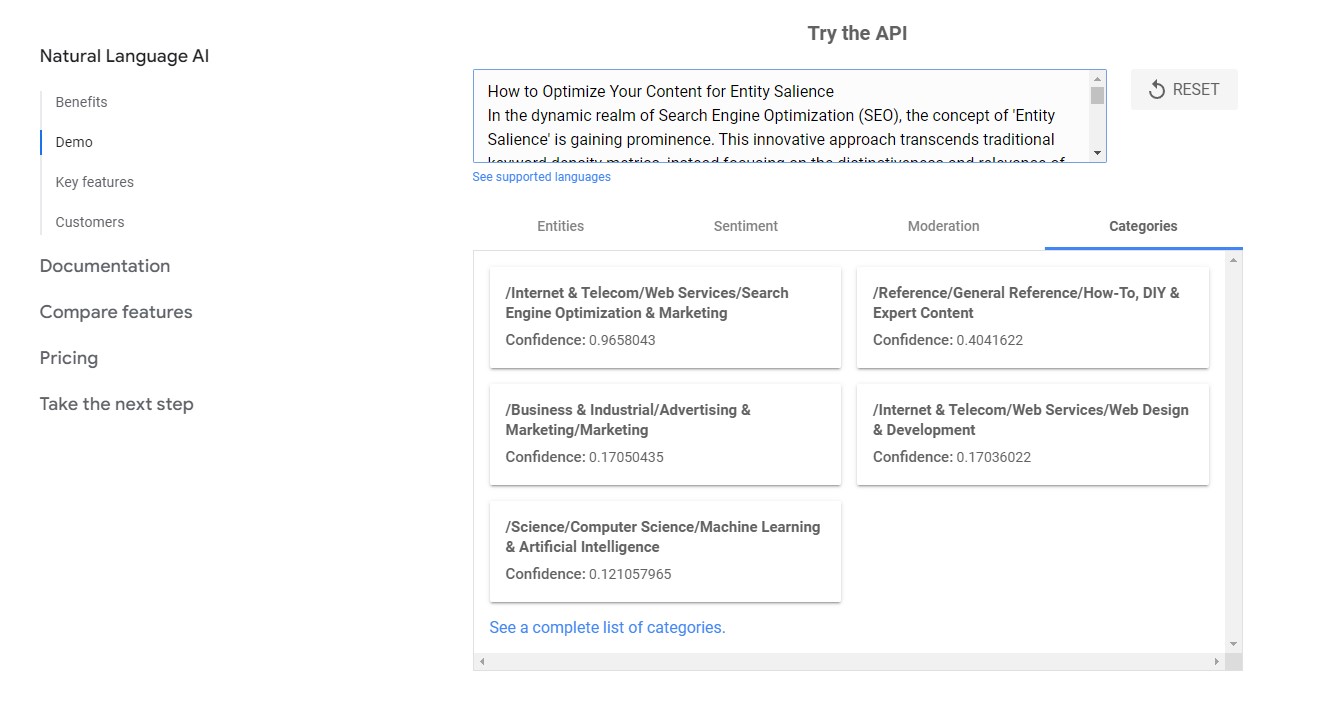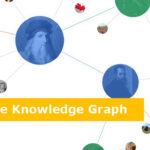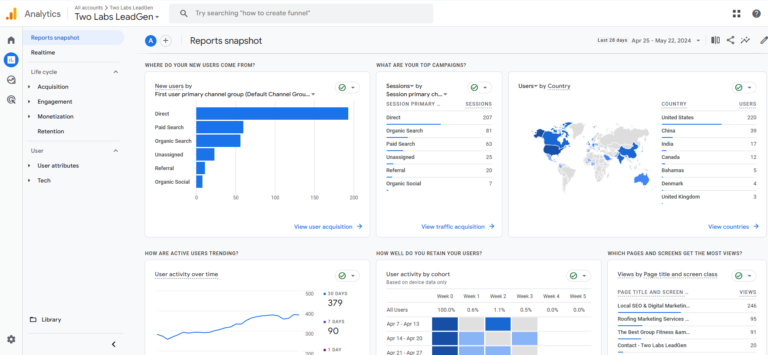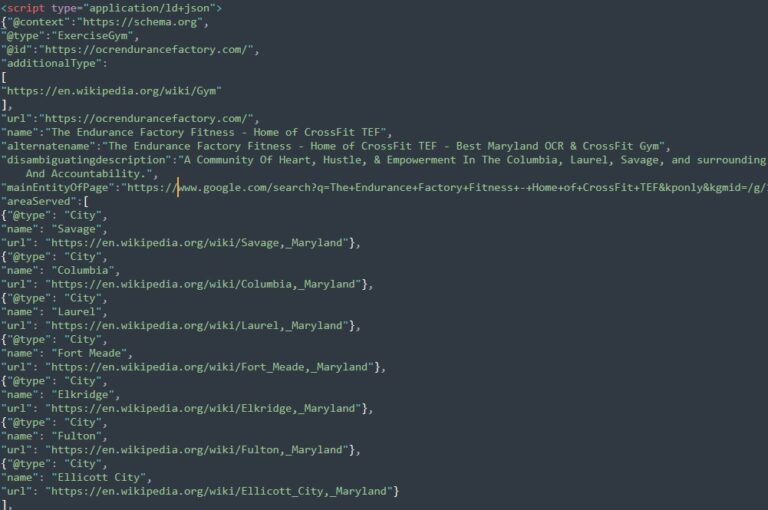Table of Contents
ToggleOptimizing content for ‘Entity Salience‘ transcends traditional keyword density metrics, instead focusing on the distinctiveness and relevance of entities within the content. It involves comprehending the relationships between various entities, thereby optimizing the context and enhancing content discoverability. This article provides an in-depth analysis of how to leverage Entity Salience for content optimization. It elucidates the underlying mechanisms and offers strategic recommendations for creating contextually rich and user-centric content. Ultimately, mastering Entity Salience paves the way for more effective SEO strategies and a superior online presence.
Key Takeaways
- Entity Salience is crucial for improving content visibility and search engine performance.
- Semantic Search enhances the effectiveness of entity salience by understanding the searcher’s intent and contextual meaning of terms.
- Google’s Knowledge Graph plays a pivotal role in optimizing content for entity salience by understanding content nuances and connections between entities.
- Effective keyword research, link building, schema markup, and performance monitoring are essential for optimizing content for entity salience and improving SEO efforts.
Why is understanding Entity Salience critical in Content Optimization?
Entity Salience refers to the relevance and importance of specific entities within a piece of content. It employs Natural Language Processing (NLP) and Machine Learning (ML) to discern and evaluate the prominence of these entities. Comprehending this concept is pivotal because search engines like Google utilize this technology in their algorithms. When entities in your content are accurately recognized and deemed salient, it improves the content’s visibility in search engine results. Thus, a strategic understanding and application of Entity Salience can significantly enhance content discoverability and engagement. It is not just about keyword frequency anymore; the context, relevance, and salience of entities within the content are equally important.

Importance of Semantic Search
The significance of Semantic Search cannot be overstated, as it fundamentally enhances the effectiveness of entity salience in improving search engine visibility. Semantic search operates by interpreting the searcher’s intent and the contextual meaning of terms, thereby delivering more precise results. By leveraging semantic search, one can heighten the relevancy of content to the query, bolstering its salience and consequently, its visibility. An effective semantic search strategy necessitates an understanding of the subject matter, its unique attributes, and the relationships between entities. By adopting a strategic, data-driven approach, businesses can exploit the power of semantic search, craft highly relevant content, and optimize entity salience, thereby enhancing their search engine performance and overall digital footprint.
The Role of Google’s Knowledge Graph
The Knowledge Graph is a vast database that enhances Google’s search engine capabilities, allowing it to understand the nuances and context of content.
This functionality manifests in three significant ways:
- Contextual Understanding: Google’s Knowledge Graph enables Google to discern the context of content, improving the relevance of search results.
- Semantic Relationship: The graph identifies connections between different entities, enhancing its understanding of the content.
- User Intent Prediction: Utilizing past search data, the graph can anticipate what the user wants to find, optimizing search results.
Entity Salience and SEO

By understanding the interconnectivity of entities within the Knowledge Graph, SEO professionals can strategically align their content to match the contextually relevant and salient entities. This approach allows for a more targeted reach and better visibility on search engines. Additionally, it helps search engines comprehend the content better, improving the chances of higher ranking. However, it’s essential to ensure that the entities are contextually correct and relevant to the content, as incorrect usage can lead to misinterpretation by search engines. Thus, a thoughtful and strategic application of entity salience can optimize SEO efforts, delivering improved search engine performance and user engagement.
Keyword Research for Entity Salience
Effective keyword research entails the strategic identification and analysis of search terms that people enter into search engines while looking for similar subjects.
- The process can be broken down into three parts:
- Initial keyword identification: This involves brainstorming and using keyword research tools to identify potential keywords.
- Keyword analysis: This involves assessing the relevance and competition of the identified keywords.
- Keyword selection: This involves choosing the most relevant and attainable keywords for your content.
Content Creation With Salient Entities
Optimizing your content for entity salience requires an insightful understanding of the audience’s needs, interests, and search behaviors. It is essential to create content that is not only relevant and valuable but also rich in salient entities that Google can comprehend and relate to the user’s search query. Salient entities could be specific people, places, organizations, or concepts that are critically relevant to the topic. Strategically incorporating these entities can enhance the semantic relevance of your content, improve your visibility in search results, and ultimately drive more traffic to your site. Each piece of content should be meticulously crafted with a clear purpose and focus on salient entities.
How The Salience Score Is Calculated
The Salience Score calculation takes into consideration several factors:
- Entity recognition: The algorithm identifies and assigns weightage to different entities in the text.
- Significance: The prominence of the entity in the text and how frequently it appears.
- Position: The placement of an entity in the document can influence its salience score, as those appearing earlier often carry more weight.
- Contextual relevance: It examines the relationship between entities and the overall context of the document.
- Interconnectedness: The score is influenced by the relationships between various entities within the content. Entities with more connections typically have a higher salience score.
Understanding these factors can strategize content optimization for enhanced salience.
On-Page SEO Techniques for Entity Salience
Optimization of on-page SEO techniques holds paramount importance in ensuring entity salience within your content. Proper use of keywords, relevant meta descriptions, and the strategic incorporation of links are crucial for this process.
Consider the following on-page SEO techniques:
| Technique | How It Enhances Entity Salience |
|---|---|
| Keyword Usage | By using relevant keywords, you can ensure that search engines recognize the entities your content is centered around. |
| Meta Descriptions | A well-written meta description with the right entities can increase the relevancy of your content in search engine rankings. |
| Linking Strategy | Incorporating both inbound and outbound links helps search engines understand the context and significance of the entities in your content. |
Link Building and Entity Salience
Link building, an abstract yet pivotal aspect of SEO, plays a critical role in enhancing the salience of entities within your content. Strategically placed hyperlinks can significantly boost the prominence and relevance of your content’s entities, thereby improving its overall visibility and ranking in search engine results.
- Building High-Quality Links:
- Through Guest Posting: Engage with industry-related blogs, offering insightful content that includes links to your entities.
- Using Influencer Marketing: Leverage the reach of influencers within your niche to generate high-quality backlinks.
- Enhancing Link Relevance:
- Contextual Linking: Ensure the surrounding content is relevant to your linked entities.
- Anchor Text: Use descriptive anchor text that provides information about the linked entity.
- Maintaining Link Health:
- Regular Audits: Regularly check for broken or irrelevant links.
- Update Links: Keep the links current, reflecting the evolving nature of your entities.
Utilizing Schema Markup for Entities
Schema markup offers a structured way to organize and interpret the information in your content, making it easier for search engines to understand and rank.
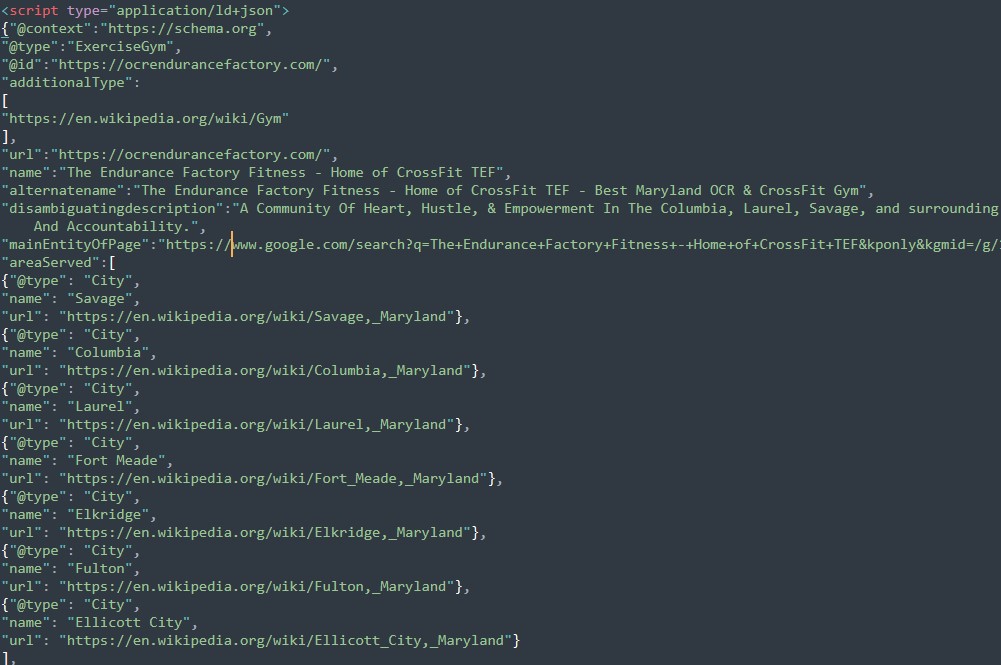
Incorporating schema markup is a strategic move to improve your content’s visibility and relevance. It provides context and meaning to entities, elevating their salience. By defining your entities using this structured data, you’re leveraging a universal standard understood by search engines, which can boost your SEO efforts.
Monitoring Your Entity Salience Performance
Monitoring your entity salience performance encompasses three core components:
- Analytics: Utilize tools like Google’s Natural Language API to assess your content’s entity recognition and salience scores.
- Identify high-performing entities
- Monitor changes in salience scores over time
- Performance Evaluation: Continually assess your content’s performance in the SERPs.
- Track rankings for targeted keywords
- Monitor changes in click-through rates and bounce rates
- Optimization Review: Regularly revisit your schema markup and content to identify areas for improvement.
- Analyze the correlation between markup changes and performance shifts
- Adjust strategy based on data-driven insights
Through this, you’ll ensure your entity salience optimization remains effective and aligned with evolving search algorithms.
Frequently Asked Questions
What Are Some Common Misconceptions About Entity Salience in Content Optimization?
Common misconceptions about entity salience in content optimization include the belief that it solely relies on keyword density, and that it doesn’t significantly influence SEO performance. Both assumptions are inaccurate and oversimplified.
Are There Any Unique Industry Standards or Measurements Applied to Entity Salience?
Yes, unique industry standards for entity salience include Google’s Natural Language Processing API. It measures salience scores, revealing the relevance of an entity within the document, and contributing to content optimization strategies.
How Does Chronological Order of Information Impact Entity Salience?
The chronological order of information significantly impacts entity salience by enhancing readability and comprehension, thus improving the semantic connections between entities and boosting the overall visibility and relevance of the content.
What Are the Benefits and Unique Features of Focusing on Entity Salience in Seo?
Focusing on entity salience in SEO enhances content relevance, improving search engine ranking. Unique features include a better understanding of context, relation identification between entities, and increased precision in content targeting, resulting in improved user engagement and website traffic.
What Is the Value Proposition of Utilizing Schema Markup for Entities in Content Optimization?
Utilizing schema markup for entities in content optimization enhances search engine visibility, improves SERP rankings, and increases organic traffic. It enhances entity salience, providing a superior value proposition for effective SEO strategies.
Conclusion
Effectively optimizing content for Entity Salience requires a comprehensive understanding of semantic search, Google’s Knowledge Graph, and the relationship between entities. By integrating strategic keyword research, on-page SEO techniques, link building, and schema markups, the visibility and relevance of online content can be significantly enhanced. Regular performance monitoring further ensures the content’s salience, leading to improved SEO results and a superior user experience.

